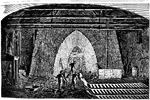Clipart tagged: ‘St. Louis’

Statue of Benton
The first bandstand was constructed in 1867 coinciding with the opening of Benton Place -- a private…
Eads Bridge
St. Louis, Missouri is the home of the first rail and road bridge to cross the Mississippi River, the…

St. Louis Life Insurance Company Building
An illustration of the St. Louis Life Insurance Company building.

Bombardment of Fort Henry
"Bombardment of Fort Henry, Tennessee River, Tenn., by the Mississippi Flotilla, Flag Officer Foote,…

Bombardment of Fort Henry
"Bombardment of Fort Henry, Tennessee River, Tenn., by the Mississippi Flotilla, Flag Officer Foote,…

Bombardment of Fort Henry
"Bombardment of Fort Henry, Tennessee River, Tenn., by the Mississippi Flotilla, Flag Officer Foote,…
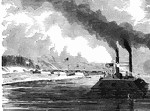
Bombardment of Fort Henry
"Bombardment of Fort Henry, Tennessee River, Tenn., by the Mississippi Flotilla, Flag Officer Foote,…

Bombardment of Island No. 10
"Bombardment of Island No. 10 and the fortifications opposite, on the Kentucky Shore, by the Federal…
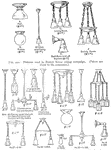
Light Fixtures
Fixtures used in a Boston house wiring campaign. (Listed at consumer price). Fixtures sold in finished-building…
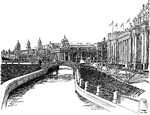
Louisiana Purchase Exposition
"The Louisiana Purchase Exposition, St. Louis, 1904. One of the bridges and lagoons, with the Palace…

Boyer Machine Shop
"The Boyer Machine Shop, St. Louis, where one of the first successful adding and listing machines was…
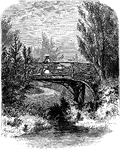
Lafayette Park
An view of Lafayette Park in St. Louis, Missouri. A woman walking across a small wooden bridge over…
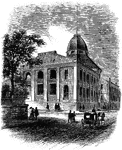
Gratiot Street Prison
The Gratiot Street Prison was an American Civil War prison located in St. Louis, Missouri and was the…
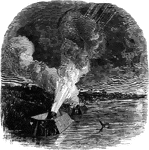
Siege of Island
"Siege of Island No. 10, on the Mississippi River- night bombardment by the Federal mortar boats, ten…

St. Louis
"The American Line Steamship St. Louis, launched from the Cramps Docks, November 12, 1894."—E.…

St. Louis Levee
St. Louis was a river city, and it therefore developed in response to its relationship to the river.…


